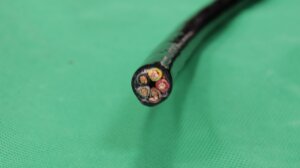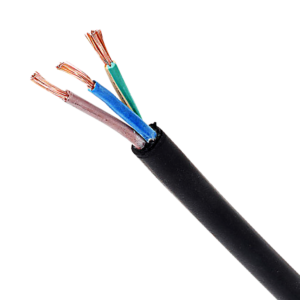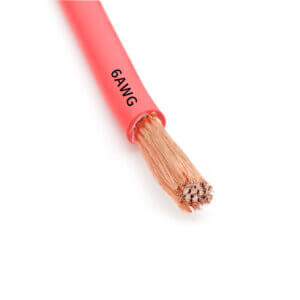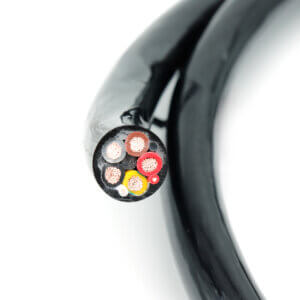EV Charging Cable H07BZ5-F
In the past few years, Electrical Vehicles (EV) have been accepted and tried all over the world. The charging of EVs has become a major concern for buyers: How long does it take to charge? Are charging stations available everywhere? How to make a charging post for home use? What kind of charger do I need for my car?
As a cable-related blog, this post will focus on the EV charging cable H07BZ5-F, not the EV charging cable with a connector.
Through this blog, you will learn:
- How to choose a suitable EV charger connecting cable.
- How to check the quality of H07BZ5-F.
What is H07BZ5-F EV Charging Cable?
H07BZ5-F, according to the related cable Harmonized Codes, we can split this model like this:
- H: Cable conforming with harmonised standards
- 07: 450/750V
- B: Ethylene-propylene rubber
- Z5: PUR-HF
- F: Flexible conductor of a flexible cable or cord (flexibility according to Class 5 of HD 383)
In summary, this cable is supposed to be an EPR insulated, PUR sheathed cable with a flexible conductor.
The cable’s insulation and sheath are not made of PVC, which is a commonly used material.
So why does the EN50620 (Electric cables – Charging cables for electric vehicles) standard require this material?
Why We Choose H07BZ5-F EV Charging Cable?
- A, EV charging piles are usually located in outdoor areas. Therefore, the related charging cable needs to have good UV, corrosion, and oil resistance.
- B, Due to the essential dragging and pulling action when charging EVs, the cable needs to have good abrasion resistance.
- C, We know that the current through the EV charging cable is quite high, so there is a risk of fire, etc. Therefore, it is essential for this cable to be flame retardant.
Therefore, the material of choice is PUR, which has better UV and weather resistance than PVC and is more resistant to dragging. It also has better flame retardant properties than rubber materials and is low smoke and halogen-free.
Of course, there are some drawbacks to this cable. It is too heavy compared to other cables. It’s quite unfriendly to some ladies.

How Do We Determine That This Cable Is True H07BZ5-F?
This year at the Canton Fair I saw some suppliers using some H07BZ5-F cables to configure their EV charging cables. However, when I touched the cable, I found that the cable is obviously not H07BZ5-F, even though it is printed with H07BZ52-F TUV and so on. Because the cable is too light, and the sheath material is too soft.
I have attached the following video for reference.
Summary
I believe that in the future EV charging cables will be more and more in demand, and more highly specified and demanding cables will be available. (In recent years, there are already finished liquid-cooled charging cables.)
I hope that through this article, buyers and engineers have a preliminary understanding of EV charging cables to avoid some substandard cables flooding the market.




